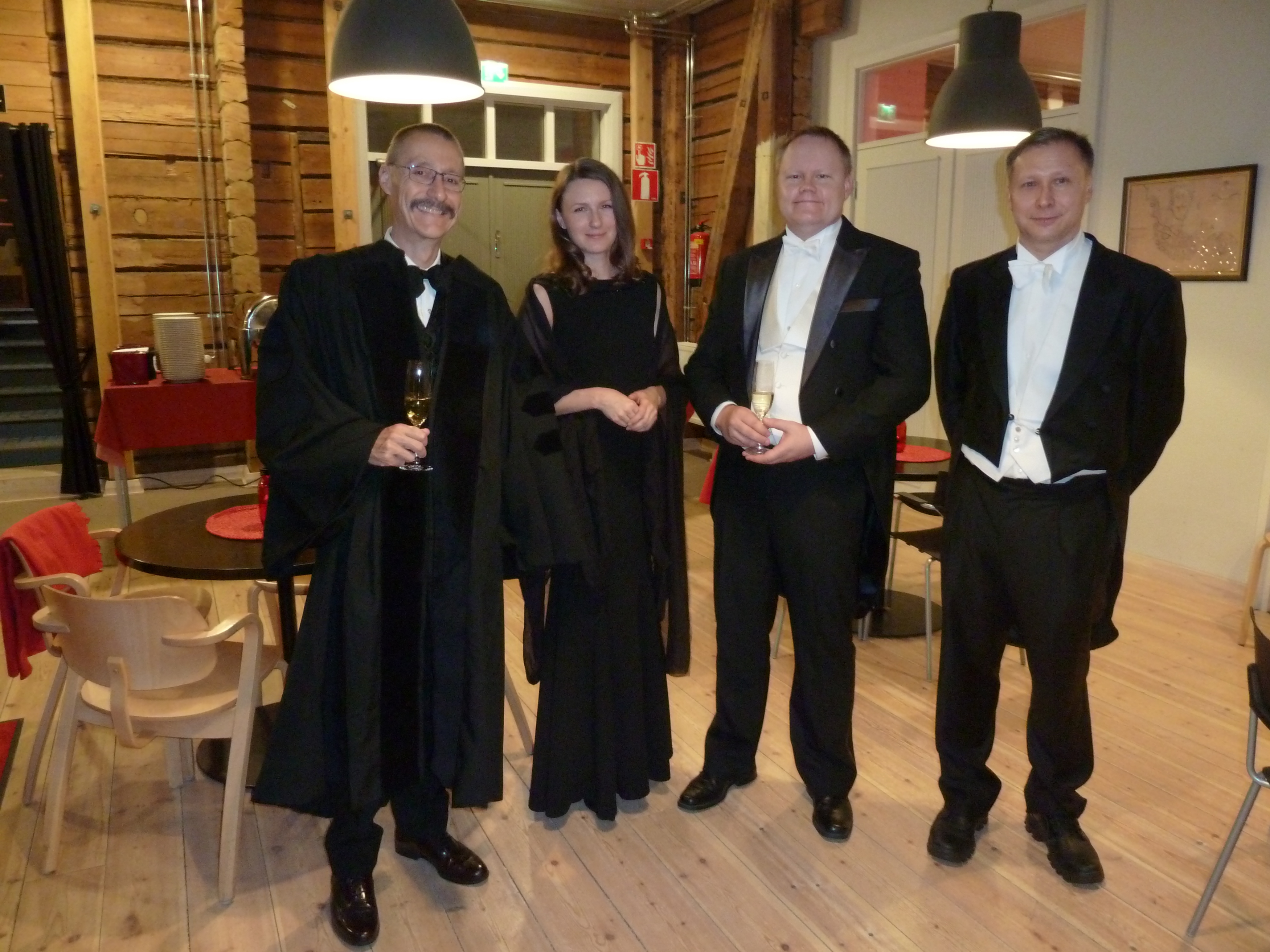How SimDec Began: From PhD Spark to Sensitivity Analysis Innovation
Born from a tricky energy-investment model, SimDec evolved into a visual, industry-agnostic approach to sensitivity analysis and decision support.

Teaser
“Wait a minute—this isn’t just interesting.” That was the moment Prof. Julian Scott Yeomans realized SimDec was something new: a visual, exploratory way to see how inputs—and their interactions—shape outcomes across an entire distribution, not just a single point.
The backstory: a stubborn model and a long dog walk
SimDec started with a messy, real problem: evaluating renewable-energy policy and its impact on investment profitability. The model had many inputs, policy-induced thresholds, and non-linear effects. A standard Monte Carlo run produced a weird, multi-peaked distribution of Net Present Value—clearly meaningful, but hard to explain.
After getting stuck in building endless scenarios by hand, a cool idea came to mind on a dog walk:
run everything, then decompose the full output distribution into interpretable scenarios formed by ranges of key inputs.
Once decomposed, every “mystery peak” in the distribution suddenly made sense. You could point to a scenario—e.g., “all critical inputs in the green range”—and see why profitability held even under volatile markets.
Pull-quote: “Every single peak became clear once we decomposed the distribution.”
The defense that changed the roadmap
At the PhD defense, external examiner Prof. Julian Scott Yeomans—known for simulation optimization and metaheuristics—saw this decomposition and paused: he hadn’t seen anything like it. It looked like visual exploratory data analysis for simulation—interactive, transparent, and useful to non-specialists.
That defense turned into a lively debate and, afterward, a collaboration. The focus shifted from “just another case study” to developing SimDec as a general method.
From one domain to many
Early applications quickly piled up:
- Carbon capture & storage investments
- Life-cycle CO₂ analysis
- Geological and engineering models
- Multiple techno-economic assessments
The pattern was consistent: if there’s a model with inputs and an output, SimDec can decompose it. Units don’t matter—kilowatts, euros, people, even dogs 🐶—as long as the model maps inputs to outputs.
Why classic sensitivity analysis falls short
Traditional sensitivity analysis mostly asks, “Which factor is most important?” That’s useful—but incomplete. SimDec goes further:
- Visualizes influence shapes. Is the effect linear, stepwise, wave-like, or concentrated at extremes?
- Reveals interactions. Not just two-way: three or more inputs can be inspected simultaneously.
- Shows distributions, not points. You see shifts in spread, not just changes in means.
- Surfaces counter-intuitive behavior. When intuition fails in non-linear, multi-input models, SimDec highlights the why.
Pull-quote: “It’s not a single value—it’s the entire distribution under each scenario.”
From plots to decisions
The practical payoff is actionability. SimDec highlights scenarios that hit your target outcome range and shows where to lock key inputs. If you can’t meet the ideal scenario, it reveals second-best paths—e.g., slightly lower investment but medium production; or different combinations that still achieve acceptable results.
Typical insights SimDec exposes:
- A factor’s influence flips direction depending on another factor’s level.
- A factor that’s powerful in one regime is irrelevant in another.
- Variance may tighten or explode across ranges of a different input.
- Diminishing returns appear only under specific conditions.
This is why the method resonates with both researchers and practitioners: it compresses weeks of ad-hoc scenario tinkering into a single, interpretable visual.
Why visual matters (and for whom)
Mathematical interaction terms get messy fast. SimDec keeps the math under the hood and surfaces evidence visually, so teams can align quickly:
- Modelers validate behavior without producing 16 separate plots per report.
- Decision-makers compare scenarios at a glance—clearer trade-offs, fewer blind spots.
- Stakeholders see why recommendations change when assumptions change.
Pull-quote: “SimDec eliminates expert myopia by showing all key scenarios simultaneously.”
Where it’s heading
The team is extending SimDec in two directions:
- Beyond simulation to observational datasets when the data-generating process is complex but decomposable.
- From visuals to language—turning a SimDec plot into plain-language recommendations so anyone can act confidently.
The long-term ambition is straightforward: make SimDec a global standard for sensitivity analysis across engineering, finance, environment, and beyond.
Key takeaways
- SimDec was born from a hard energy-investment problem and a simple idea: decompose the full distribution into scenarios.
- It’s industry-agnostic: any model with inputs → output can benefit.
- It visualizes shapes and interactions, not just “importance.”
- It turns sensitivity analysis into actionable roadmaps for real decisions.
Acknowledgements
Thanks to Prof. Julian Scott Yeomans for recognizing the method’s potential, and to Tibo (the very patient dog) for the inspiring walks that sparked SimDec’s core idea.
